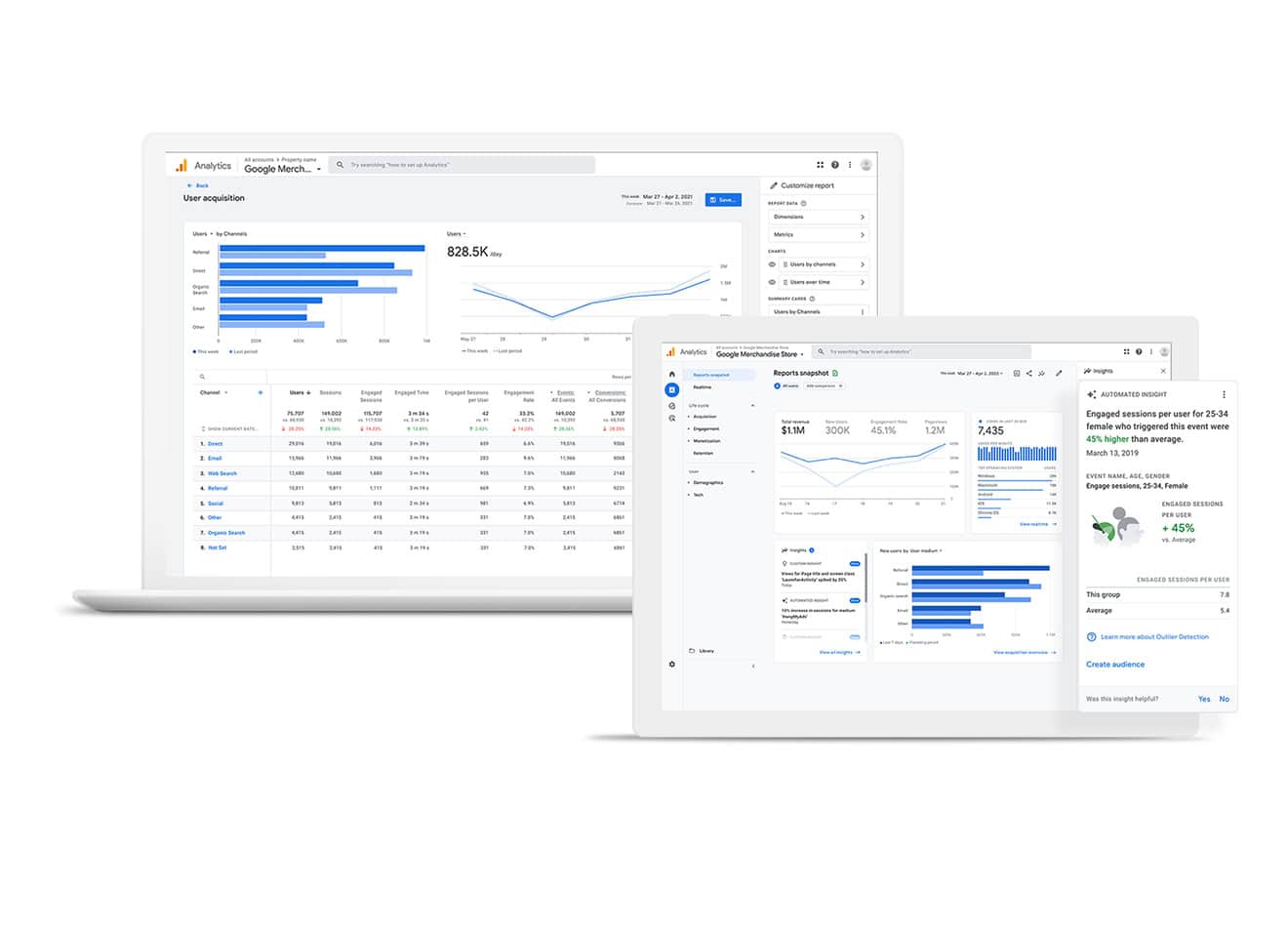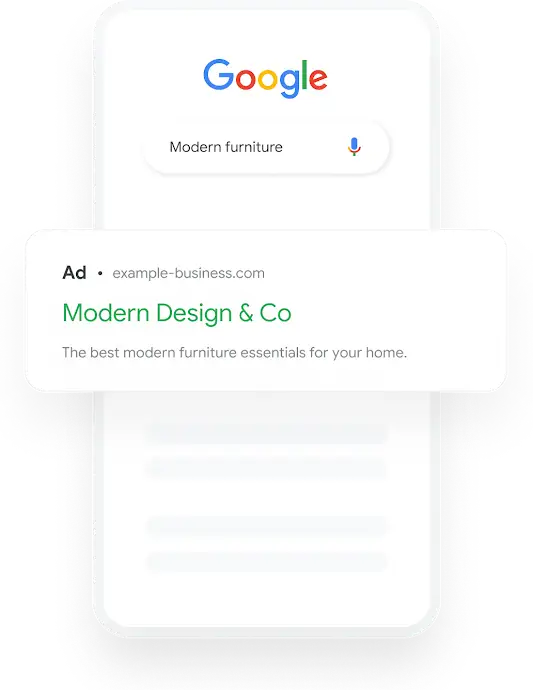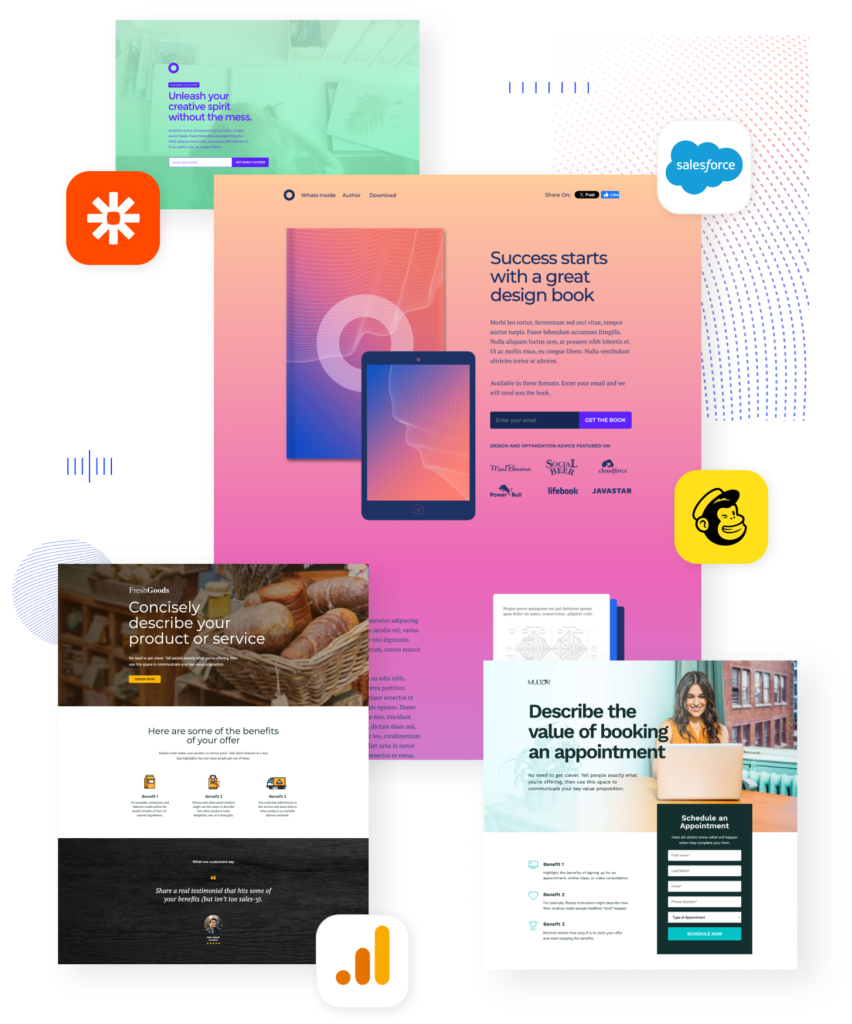The Future of Advertising: Embracing Innovation and Technology In the constantly changing world of digital marketing, brands hoping to draw in customers and encourage interaction must stay ahead of the curve. New tactics and resources are developed as technology progresses, changing the way companies interact with their target markets.
The emergence of 5G technology, influencer marketing, augmented reality, personalized content, artificial intelligence, interactive experiences, data analytics, and native advertising are all examined in this article.
Key Takeaways
- Augmented reality is becoming increasingly popular in advertising, offering immersive and interactive experiences for consumers.
- Personalized content is the future of targeted marketing, allowing brands to tailor their messaging to individual preferences and behaviors.
- Influencer marketing has become a powerful tool in the digital age, with influencers able to reach and engage with highly targeted audiences.
- Artificial intelligence is revolutionizing ad campaigns by enabling data-driven insights, automated ad placement, and personalized content creation.
- 5G technology is set to impact advertising strategies by enabling faster and more seamless delivery of content, as well as new opportunities for interactive experiences.
In order to redefine advertising strategies and increase brand visibility, each of these components is essential. From a sci-fi idea to a useful tool in advertising, augmented reality (AR) gives companies new ways to interact with their target audience. Augmented Reality (AR) brings audiences into immersive experiences by superimposing digital data on the physical world.
Businesses such as IKEA have effectively incorporated augmented reality (AR) into their marketing strategies, enabling customers to see how furniture would appear in their homes prior to making a purchase. This benefits both customers and retailers by improving the shopping experience and lowering the possibility of returns. Also, AR’s capacity to produce interactive experiences strengthens the emotional bonds that exist between customers & brands. For example, AR applications have been created by cosmetic brands such as L’Oréal to allow users to virtually try on makeup.
This degree of customization increases brand reach by promoting social sharing and boosting customer confidence in their purchases. The use of AR technology in advertising is probably going to get more complex as it develops, opening the door to even more captivating customer experiences. Personalized content has become a ray of hope for marketers trying to break through the deluge of commercials that consumers are exposed to in this day and age. Messages that are tailored to each person’s preferences and actions are more relevant and have a higher conversion rate.
| Metrics | Data |
|---|---|
| Number of Ad Innovations | 15 |
| Impact on Conversion Rate | 25% |
| Engagement Rate | 40% |
| ROI | 150% |
Brands can develop individualized campaigns that connect with their audience on a personal level by utilizing data analytics and consumer insights. Streaming services like Netflix, for instance, use complex algorithms to suggest TV series and films based on user viewing preferences. In addition to keeping users interested, this tailored approach promotes brand loyalty. E-commerce sites can also send customized emails with product recommendations based on browsing or previous purchases.
Prioritizing personalized content will probably increase engagement rates & boost customer satisfaction for brands that cater to consumers’ growing demands for customized experiences. By utilizing the authenticity and trust that influencers have developed with their followers, influencer marketing has emerged as a key component of contemporary advertising strategies. Influencers offer a more authentic and relatable link to goods and services in a world where traditional advertising frequently feels invasive. In order to successfully reach niche audiences, brands are increasingly working with influencers on a variety of platforms.
The ability of influencer marketing to craft genuine stories about products is what makes it so successful. For example, makeup artists & beauty enthusiasts who post reviews and tutorials on social media are frequently partnered with by beauty brands. In addition to demonstrating the product in use, this increases credibility by using actual customer reviews.
Influencer marketing’s power will only increase as consumers grow more discriminating when it comes to advertising, making it a crucial part of any all-encompassing marketing plan. Brands can now optimize their campaigns with previously unheard-of precision thanks to artificial intelligence (AI), which is completely changing the advertising industry. AI improves decision-making skills and expedites procedures in everything from automated ad placements to predictive analytics. By examining enormous volumes of data, AI is able to spot patterns and trends that guide targeting tactics and guarantee that advertisements are seen by the appropriate people at the appropriate moment.
Programmatic advertising is one prominent use of AI in advertising that automates the real-time purchase and sale of ad space. With the use of this technology, brands can bid on ad placements according to predetermined standards, increasing effectiveness and reducing wasteful spending. Chatbots powered by AI are also revolutionizing customer service by answering questions instantly, improving user experience, and freeing up human workers for more difficult jobs. AI’s incorporation into advertising is probably going to result in even more creative and effective solutions as it develops.
By facilitating faster data transmission and improved connectivity, the introduction of 5G technology is poised to revolutionize advertising tactics. 5G enables previously unachievable richer media experiences through dramatically lower latency and higher bandwidth. With the use of this technology, brands can provide consumers with interactive advertisements, augmented reality experiences, & top-notch video content that engages them in novel ways. 5G technology, for example, can improve live streaming events & product launches, giving brands the opportunity to reach a wider audience with less interruption or buffering. Also, 5G creates opportunities for location-based advertising, in which companies can send customized messages according to a customer’s current location. Advertisers will need to modify their approaches as 5G becomes more commonplace in order to fully utilize its potential and produce more dynamic and captivating ads.
Customer preferences are evolving.
Successful advertising campaigns increasingly require immersive & interactive experiences as consumer preferences shift toward more captivating content.
Interactive storytelling & gamification strategies are being used by brands more and more to draw in customers & promote involvement.
These strategies not only provide entertainment but also help customers feel more connected to one another. Examples of Interactive Campaigns in the Real World. Coca-Cola & other companies, for instance, have started interactive marketing campaigns that encourage users to take part in challenges or post about their experiences on social media. This promotes user-generated content that can be used for upcoming marketing campaigns in addition to raising brand awareness.
Virtual reality (VR) experiences also enable customers to completely immerse themselves in a brand’s narrative or product line. Interactive advertising’s future. The potential for immersive and interactive advertising will grow as technology develops further, giving brands new opportunities for engagement and creativity. Leveraging analytics is essential for developing hyper-targeted advertising campaigns that appeal to particular audience segments in today’s data-driven world.
Through the collection & analysis of consumer data from multiple sources, including social media interactions, website behavior, and past purchases, brands can acquire important insights into the preferences and behaviors of their target market. Marketers can effectively segment their audience and adjust their messaging with this data-driven approach. In order to develop targeted campaigns that directly address the interests of each group, a fashion retailer, for example, may examine consumer data to find trends across various demographics. Moreover, real-time analytics give marketers the flexibility to instantly modify their plans in response to performance indicators, guaranteeing that campaigns stay successful and pertinent.
Over time, native advertising has changed dramatically, making it harder to distinguish between promotional and traditional content. Unlike typical display ads that disrupt the user experience, native ads offer value while promoting a good or service by blending in with the surrounding content. By providing pertinent information in a non-intrusive way, this method improves user engagement. Sponsored videos or articles that fit a publication’s editorial style, for instance, can successfully draw viewers in without coming across as unduly commercial. BuzzFeed & other brands have effectively used native advertising by crafting engaging articles or quizzes that discreetly include product mentions. Native advertising gives brands a means to engage audiences in a genuine way while increasing conversions as consumers grow more skilled at spotting traditional advertisements.
In conclusion, technological developments & creative approaches that put an emphasis on customer interaction and personalization are unquestionably linked to the future of advertising. To stay competitive in the digital market, brands need to adjust to these developments, which range from augmented reality experiences to hyper-targeted campaigns powered by data analytics. Adopting these trends will increase brand awareness going forward and help us build stronger relationships with customers. Marketers should prioritize relevance and authenticity in their messaging while constantly experimenting with new technologies and tactics to stay ahead in this ever-changing landscape.
By doing this, they can produce powerful advertising campaigns that connect with consumers and produce significant outcomes. It’s time to embrace the future of advertising and start innovating!
Ad Innovations Unleashed explores the latest trends and strategies in advertising, but for a more specific focus on marketing in the carpet cleaning industry, check out this article on carpet cleaning marketing in Greensboro, North Carolina. This article delves into the unique challenges and opportunities for carpet cleaning businesses in this particular region, offering valuable insights and tips for successful marketing campaigns.
FAQs
What are some examples of ad innovations?
Some examples of ad innovations include interactive ads, augmented reality ads, personalized ads, native advertising, and programmatic advertising.
How do ad innovations benefit businesses?
Ad innovations can benefit businesses by increasing engagement with their target audience, improving brand awareness, driving more conversions, and providing more data-driven insights for better targeting and optimization.
What are the challenges of implementing ad innovations?
Challenges of implementing ad innovations may include the need for technical expertise, the cost of development and implementation, the need for continuous testing and optimization, and the potential for ad fatigue among consumers.
How can businesses stay updated with the latest ad innovations?
Businesses can stay updated with the latest ad innovations by following industry publications, attending marketing conferences and events, networking with other professionals in the field, and working with agencies or consultants who specialize in digital advertising.










